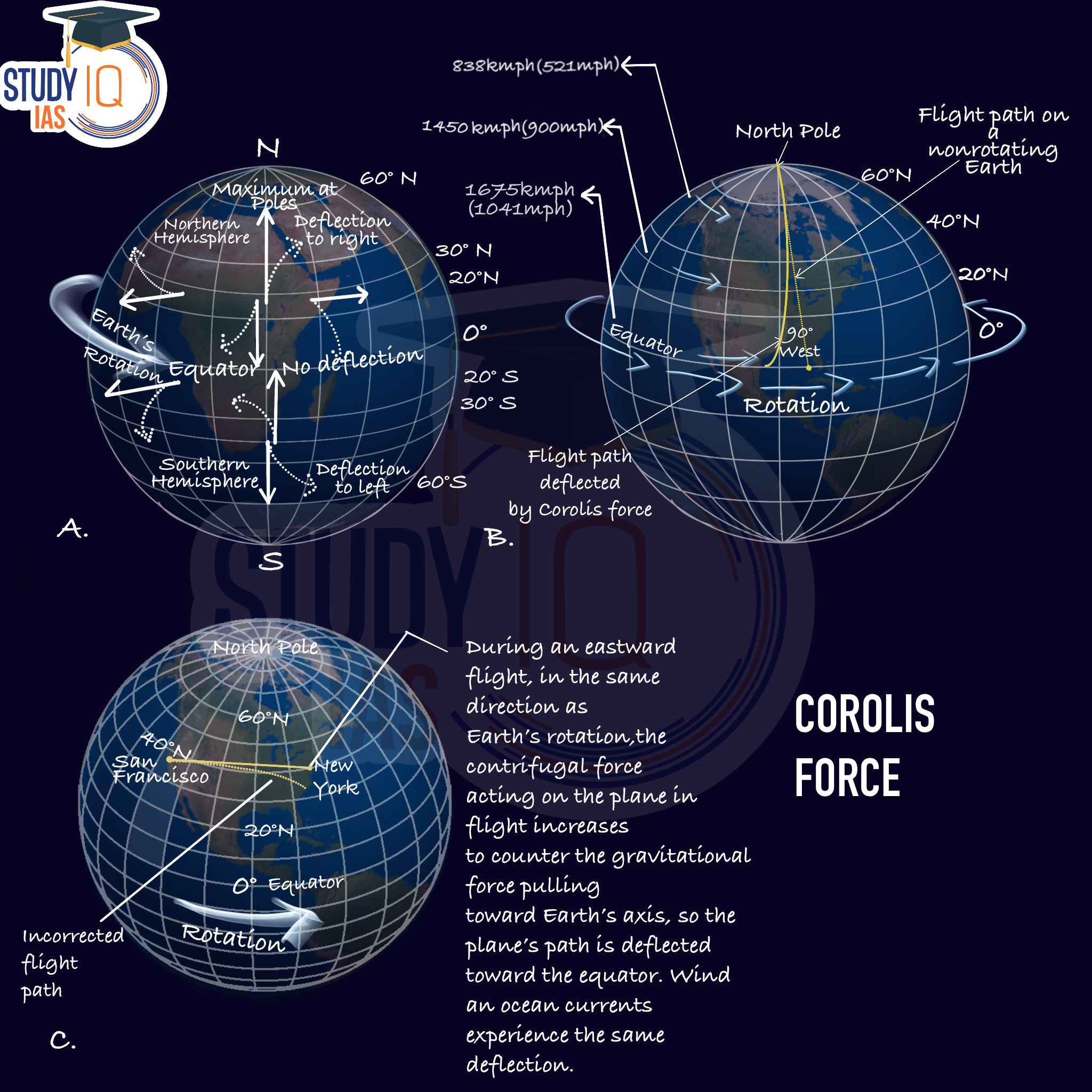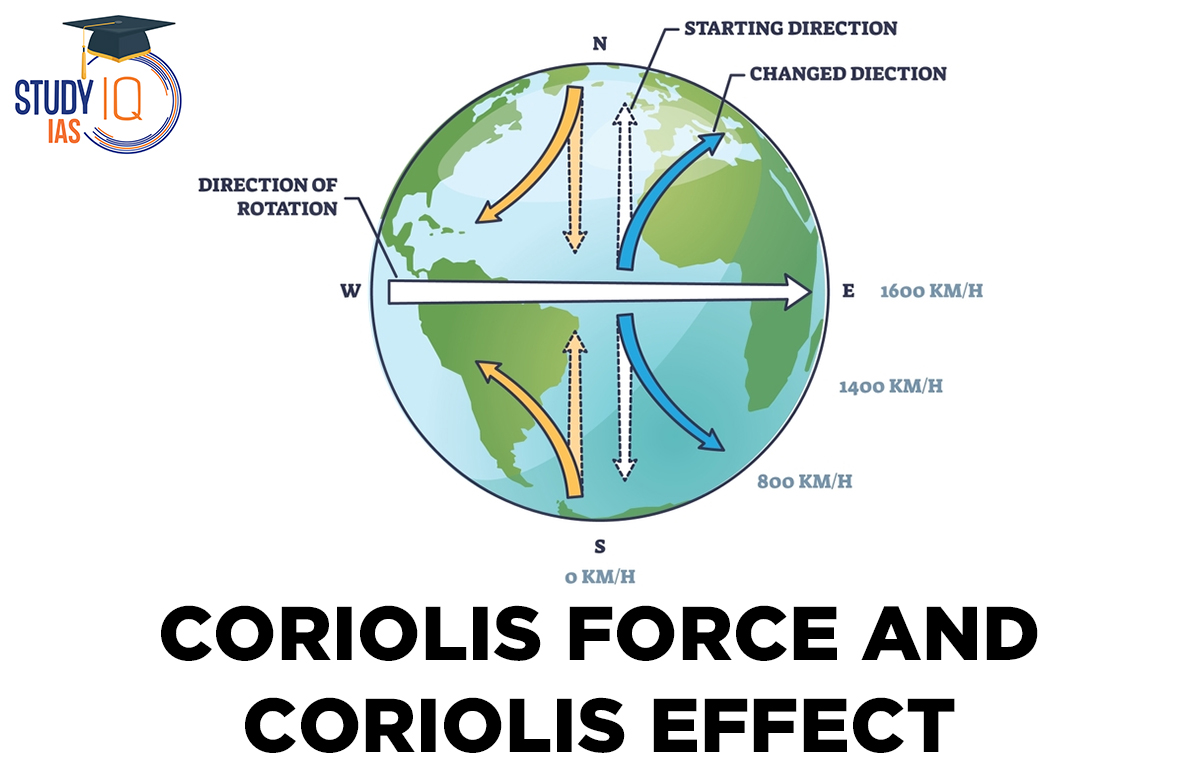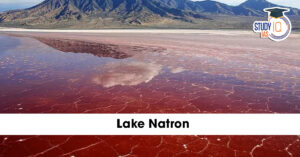Table of Contents
The Coriolis force is an imaginary force that affects objects moving on a spinning surface, like the Earth. In simple words, it is the force you feel when you are moving with something that’s rotating. The Coriolis effect is what you see happening because of the Coriolis force. It explains why weather patterns, ocean currents, and even long-distance shots don’t go exactly where you had think they would if the Earth were not spinning.
Coriolis Force
The Coriolis force is created by the Earth spinning on its axis, and it affects the direction of the wind. This force changes based on how far you are from the equator. In the southern hemisphere, the wind is pushed to the left, while in the northern hemisphere, it is pushed to the right.
| Coriolis Force Overview | |
|---|---|
| Definition | The Coriolis force is a fictitious force that appears to act on objects moving within a rotating reference frame, such as the Earth. |
| Cause | Arises due to the rotation of the Earth. As objects move across the rotating Earth, they appear to be deflected from their straight-line path. |
| Direction | Deflects moving objects to the right in the Northern Hemisphere and to the left in the Southern Hemisphere. |
| Applications | Influences the movement of air masses, ocean currents, and trajectories of projectiles. |
Coriolis Force and Coriolis Effect
Coriolis Force is an apparent force that results from the Earth’s rotation. It is perpendicular to the direction of motion and the axis of rotation, causing moving bodies to deflect to the right in the Northern Hemisphere and the left in the Southern Hemisphere. Coriolis Force is not a real force in the classical context but occurs in a rotating frame of reference, such as the Earth.
Coriolis Effect
The Coriolis Effect is the apparent deflection resulting from this force. It has a major impact on wind patterns, ocean currents, and trajectories of projectiles and is very important in the fields of meteorology and oceanography. For instance, it accounts for cyclones rotating and the direction of trade winds.
Objects moving near the Earth’s surface seem to curve to the right in the Northern Hemisphere and to the left in the Southern Hemisphere because of the Earth’s rotation. Here are important points about the Coriolis Effect:
- The deflection is strongest at the poles and gets weaker towards the equator, where it is zero.
- Faster-moving objects are deflected more than slower ones.
- The Coriolis Effect only changes the direction of movement, not the speed, influencing how winds flow.
- The deflection happens at right angles to the movement direction, preventing winds from going straight along pressure differences.
This Coriolis effect grows with latitude and is zero at the equator, which makes it important in explaining large-scale environmental and climatic systems. When the Coriolis Effect balances with other forces, winds in the upper atmosphere move parallel to isobars, which is called geostrophic wind. Most atmospheric winds are geostrophic or close to it, but near the surface, friction makes things more complicated.
Coriolis Force Diagram
The wind’s direction is influenced by the Coriolis Force, which is caused by the Earth’s rotation on its axis. An illustration of the Coriolis Force and Effect is below.

Coriolis Effect Causes
The Coriolis Effect happens because the Earth rotates. When the Earth spins counterclockwise, anything flying or flowing high above the surface seems to curve. This is because the Earth moves eastward faster than the object above it. As you go farther from the equator, the Coriolis Effect gets stronger. For example, if a plane flies straight along the equator, it stays on course. But if it moves just a little north or south of the equator, it will start to drift. The faster the object moves and the higher the latitude, the more it will be deflected.
Coriolis Force Impacts
- The Coriolis effect has an impact on almost all fields that study planetary motions and Earth motions.
- It is essential to atmospheric dynamics, such as wind and storm motions.
- Oceanography explains how ocean currents move. One of the most important geographical impacts of the Coriolis effect is the deflection of winds and Ocean Currents.
- It also affects manufactured items like planes and missiles.
- The Coriolis effect affects nearly all sciences that study planetary and Earth motions.
- The dynamics of the atmosphere, including wind and storm motions, depend on the Coriolis Force.
The wind always blows from high pressure to low pressure. The Coriolis force is the force exerted by the Earth’s rotation that deflects wind movement. Wind movement is also influenced by friction caused by various relief features on the soil. The wind, for example, blows faster and in the same direction over maritime surfaces; however, the presence of mountains or valleys on land influences the wind’s direction and speed. These notes will also be useful for other competitive exams such as UPSC.
| Related Articles | |
| Types of Winds | Atmospheric Circulation |
| Pressure Belts | List of Major Local Winds |


 Places in News for UPSC 2026 for Prelims...
Places in News for UPSC 2026 for Prelims...
 Lake Natron: Location, Features, Wildlif...
Lake Natron: Location, Features, Wildlif...
 Erra Matti Dibbalu Added to UNESCO Tenta...
Erra Matti Dibbalu Added to UNESCO Tenta...

























